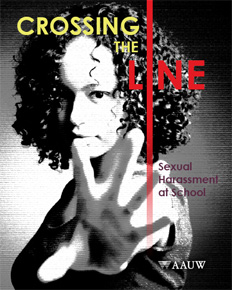Abstract
In recent months, high-profile and influential figures in media, government, and entertainment have been brought down by credible allegations that they have engaged in sexual misconduct. These revelations have sparked an important national discussion about the prevalence of sexual harassment in American society and the ways in which powerful people can use their positions both to exploit their vulnerable targets and to escape the consequences of their actions.
The conversation is a necessary starting point, but the focus on high-status workplaces overlooks other contexts in which sexual harassment occurs. This Article focuses on one overlooked, significant national problem: the sexual harassment and exploitation of low-income women by their landlords. Many published cases have dealt with the phenomenon, and the Department of Justice (“DOJ”) has filed many complaints against alleged harassers. Good academic articles in legal and social science literature also exist that discuss the subject from a largely theoretical perspective.4 But something crucial is missing: data. Unlike sexual harassment in the workplace, which has been exhaustively studied by academics of every stripe, there have been no reliable empirical studies about the nature and prevalence of sexual harassment in housing.


